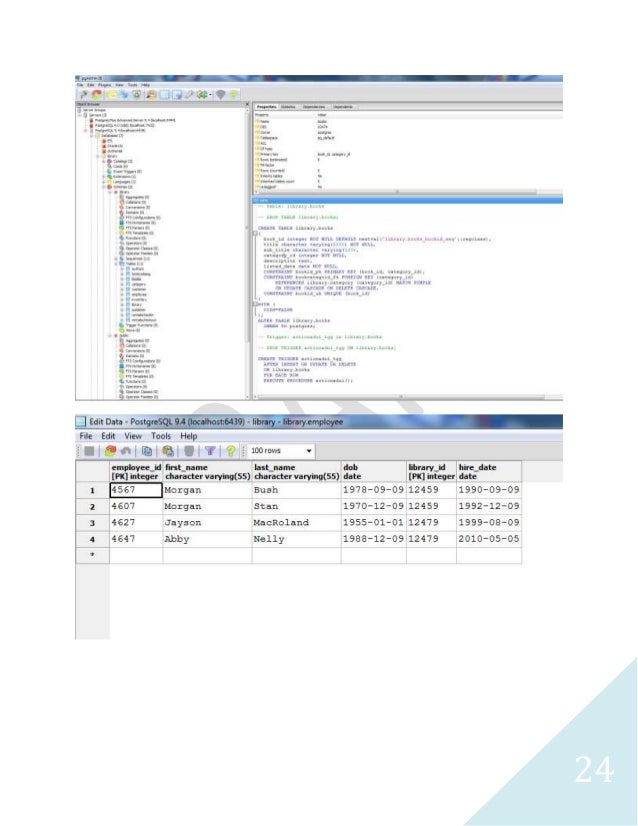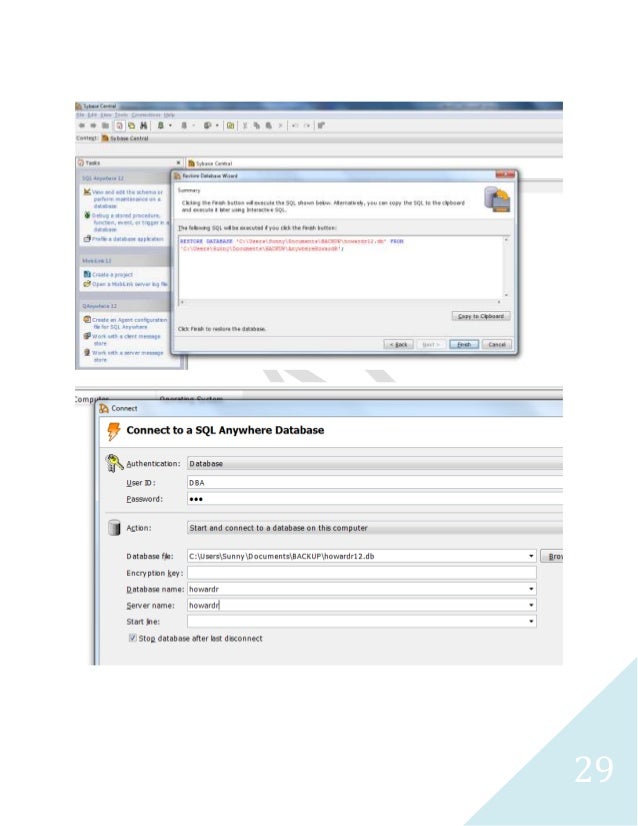
The roles elevate_write and elevate_admin have the noinherit flag, meaning they have access to gradient_write and gradient_admin but they do not inherit their permissions. The outcome of this approach is that mytestuser inherits all the permissions from gradient_read, elevate_write and elevate_admin. This setting controls what happens up the inheritance chain but has no control over what happens down the chain. By setting noinherit on gradient_write we are saying that any roles that are granted to gradient_write are not inherited by gradient_write. We know from our earlier example that this means mytestuser will assume all roles granted to them. This happened as mytestuser is set to inherit. At first, we granted gradient_write directly to mytestuser and they could perform all the operations gradient_write supported without explicitly having to set role gradient_write. The next challenge we faced was how we make our gradient_write and gradient_admin roles act in a way that is consistent with the noinherit flag when someone assumes them. If my role was set to inherit, my first insert would have worked.
POSTGRES APP NOT SHOWING DATABASES PASSWORD
If noinherit is set on the role mytestuser, it means the permissions are available to the role, but they have to explicitly “set” the role to assume them.Ī concrete example of this is as follows create role mytestuser with noinherit login password 'mysecret' - define the role create role my_awesome_role - grant permissions to the role grant insert on my_table to my_awesome_role - give the role to user mytestuser grant my_awesome_role to mytestuser - logged in as user mytestuser - this fails (it would work if mytestuser was set to inherit - let's try that next) insert into my_table (id) values (1) - assume my_awesome_role set role my_awesome_role - this now works as I am acting as my_awesome_role insert into my_table (id) values (1) Īs you can see with noinherit I have to be explicit about assuming my role. For example, if inherit is set on a role mytestuser, it means that the permissions of any role granted to the role mytestuserare available to it without having to do anything. The inherit flag determines how a roles are assumed by other roles they have been granted to. The main flag of interest to us is inherit / noinherit. Documentation for the different flags that can be set on role creation can be found here. Gradient_admin create role gradient_admin with createdb createrole noinherit nologin Īs you can see each role has a number of flags set against it. Gradient_write create role gurn_write with nocreatedb nocreaterole noinherit nologin Gradient_read create role gradient_read with nocreatedb nocreaterole nologin noinherit

Enable elevation of permissions for a restricted set of users to have admin permissions (delete and drop)įrom this, we mapped 3 roles that we wanted for our databases.


The shell will prompt you for Server, Database, Port, and Username details. You can find the PSQL Shell in the Start Menu.

Step 1: Creating our database through the command line To follow along with this tutorial, you should have: PostgreSQL is a powerful, open-source object-relational database system that uses and extends the SQL language combined with many features that safely store and scale the most complicated data workloads. Built by experienced developers, it takes care of much of the hassle of web development, so you can focus on writing your app without needing to reinvent the wheel. Django is a high-level Python Web framework that encourages rapid development, clean, and pragmatic design.


 0 kommentar(er)
0 kommentar(er)
